Most people use the Super Mario Maker to, well, create Super Mario game levels. [Robin T] decided to try something a little different: building a working calculator. Several hundred hours later, he created the Cluttered Chaos Calculator, which definitely lives up to the name. What this Super Mario level contains is a 3-bit digital computer which can add two numbers between 0 and 7, all built from the various parts that the game offers. To use it, the player enters two numbers by jumping up in a grid, then they sit back and enjoy the ride as Mario is carried through the process, until it finally spits out the answer in a segment display.
It’s not going to be winning any supercomputer prizes, as it takes about two minutes to add the two digits. But it is still an incredibly impressive build, and shows what a dedicated hacker can do with a few simple tools and a spiny shell or two.
Continue reading “Calculator Built In Super Mario Level. Mamma Mia!”

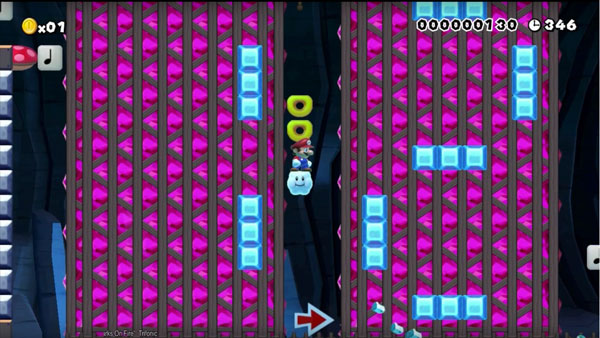
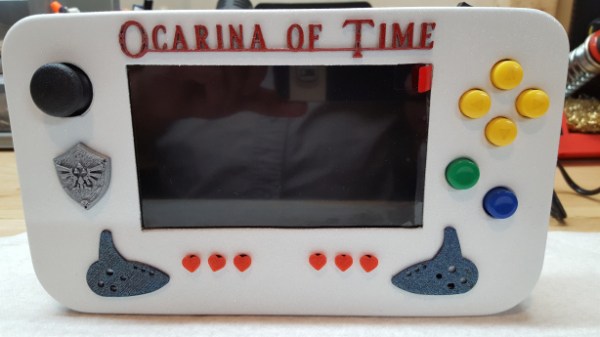
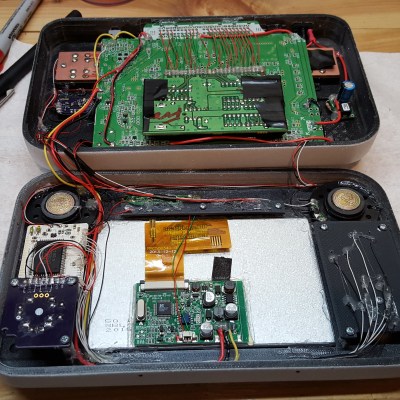 [Chris] wanted to immortalize his favorite game — the Ocarina of Time. As he puts it, making a SG-N64 “takes the greatness of a timeless classic and preserves it in a body designed solely for the purpose of playing it”.
[Chris] wanted to immortalize his favorite game — the Ocarina of Time. As he puts it, making a SG-N64 “takes the greatness of a timeless classic and preserves it in a body designed solely for the purpose of playing it”.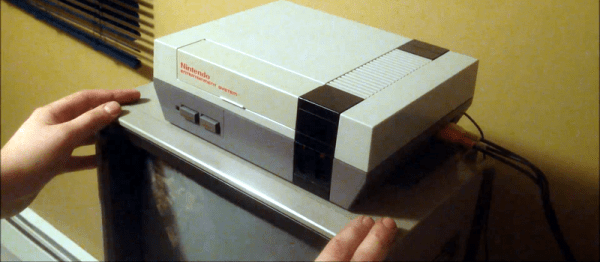
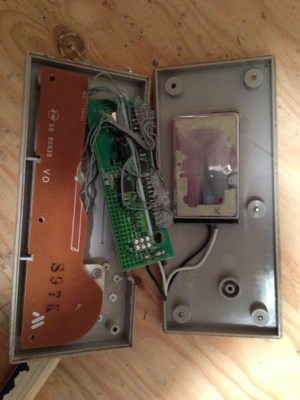

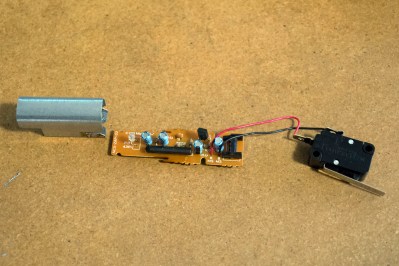
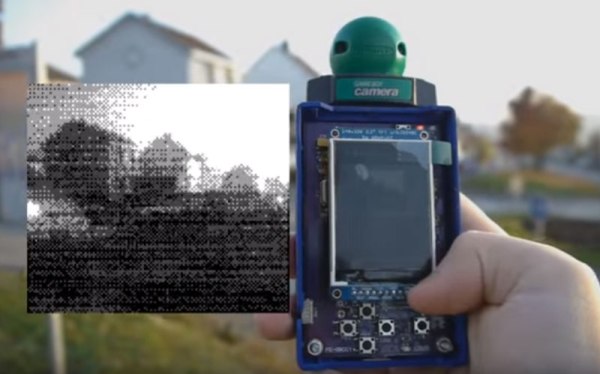
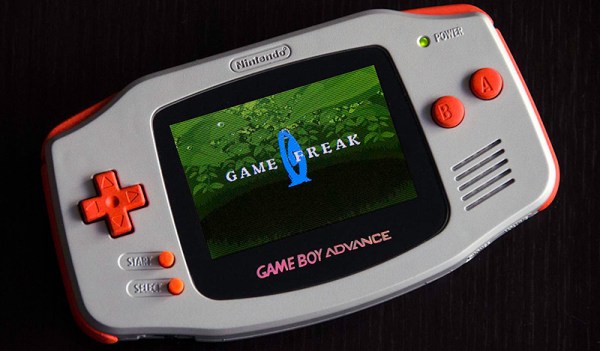
 The buttons were not as easy as the shell. [Michael] originally decided casting would be the best solution, but after multiple attempts, he couldn’t get the color right. Even with opaque dyes in the resin, the buttons would still come out slightly translucent. In the end, [Michael] decided to paint the original buttons.
The buttons were not as easy as the shell. [Michael] originally decided casting would be the best solution, but after multiple attempts, he couldn’t get the color right. Even with opaque dyes in the resin, the buttons would still come out slightly translucent. In the end, [Michael] decided to paint the original buttons.









